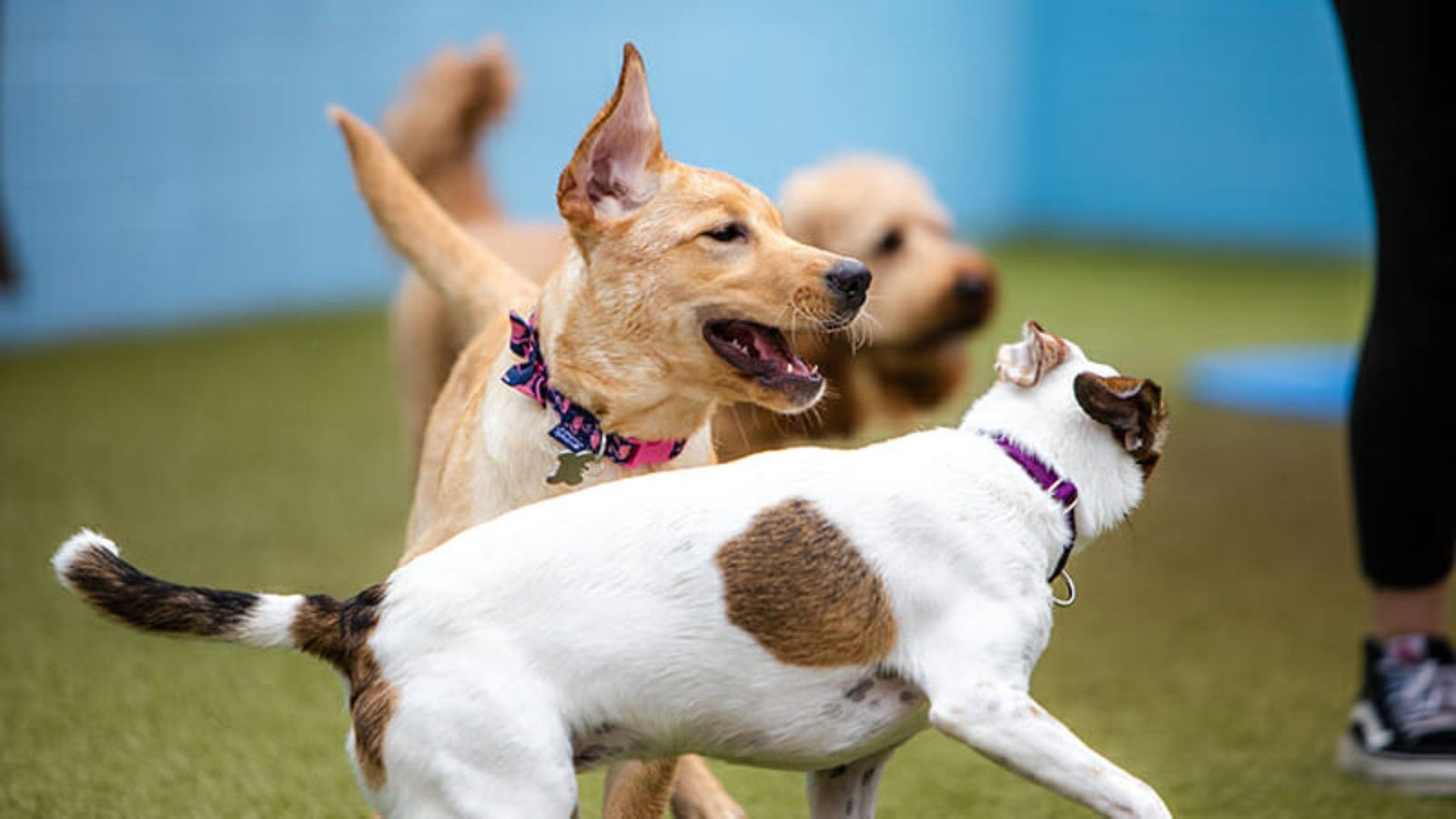Socializing your pet with other animals is an important step in their development and well-being. It helps them become more comfortable and confident around different types of animals, making interactions safer and more enjoyable for both your pet and others. In this article, we’ll share effective ways of socializing your pet with other animals, which can lead to better behavior and a happier life for your pet.
1. Start Early
When socializing your pet with other animals, the earlier you begin, the better. If you have a puppy or kitten, it’s best to start socializing them during their formative months. At this stage, they are more adaptable and open to new experiences. Early exposure to different animals helps them build positive associations and reduces the risk of developing fearful or aggressive behavior later on.

2. Introduce Them Slowly
It’s important to introduce your pet to other animals slowly and in a controlled environment. Sudden or forced introductions can be overwhelming and stressful for your pet. Start by letting them observe each other from a distance. Gradually decrease the space between them, allowing your pet to approach at their own pace. Always monitor their body language to make sure they are comfortable and relaxed.
3. Positive Reinforcement
Use positive reinforcement when socializing your pet with other animals. Reward your pet with treats, praise, or affection whenever they display calm and friendly behavior around other animals. This reinforces the idea that being around other pets is a positive experience. Over time, your pet will associate socializing with other animals with rewards, making them more eager to engage.
4. Supervise All Interactions
Always supervise your pet’s interactions with other animals, especially in the beginning. Even if your pet seems calm, it’s essential to watch them closely to ensure that both pets are safe and comfortable. This allows you to intervene if necessary, preventing any negative behavior or misunderstandings. Supervision also helps you ensure that the other animal involved is well-mannered and not aggressive.
5. Start with Similar Animals
To ease your pet into socializing with others, start by introducing them to animals that are similar to them. For example, if you have a dog, begin by allowing them to interact with other dogs. This helps them feel more at ease because they are meeting an animal of the same species. Once they are comfortable, you can introduce them to animals of different species, like cats or even small animals like rabbits or guinea pigs.
6. Maintain a Calm Environment
When socializing your pet with other animals, it’s important to keep the environment calm and stress-free. Avoid loud noises, sudden movements, or other distractions that could startle or overwhelm your pet. A calm environment helps your pet feel more secure and encourages positive behavior during interactions. If either animal seems anxious or fearful, it’s best to take a break and try again later.
7. Gradual Exposure to New Experiences
Gradually expose your pet to new experiences with other animals. For example, if you plan to take your dog to a dog park, start with shorter visits. This allows your pet to become accustomed to the environment without feeling overwhelmed. Gradual exposure helps them adjust to new situations, making future interactions less stressful and more enjoyable.
8. Be Patient
Socializing your pet with other animals can take time, especially if your pet is shy or anxious. Be patient and don’t force interactions. Some pets may need more time to feel comfortable around other animals. If your pet shows signs of stress, such as growling, barking, or retreating, give them some space and try again later. Over time, your pet will become more comfortable as they gain more positive experiences.
9. Provide Safe Spaces
While socializing your pet with other animals, it’s essential to provide a safe space where they can retreat if they feel overwhelmed. Having a designated area where your pet can relax and feel secure helps reduce anxiety. Whether it’s a crate, a quiet room, or a corner of the yard, a safe space gives your pet the freedom to take a break when needed, making socialization less stressful.
10. Seek Professional Help if Needed
If your pet is having difficulty socializing with other animals, consider seeking professional help. A veterinarian or animal behaviorist can provide guidance and support, offering tailored advice for your pet’s specific needs. They can also work with you and your pet to address any behavioral issues, such as aggression or fear, and help ensure safe and positive interactions with other animals.
Conclusion
Socializing your pet with other animals is an ongoing process that requires patience, consistency, and care. By starting early, using positive reinforcement, and introducing your pet to other animals slowly, you can help them build positive associations and become well-adjusted. Supervise all interactions and provide a calm environment to ensure successful socialization. With time, your pet will grow more confident and enjoy their interactions with other animals, leading to a happier, more well-rounded pet.





